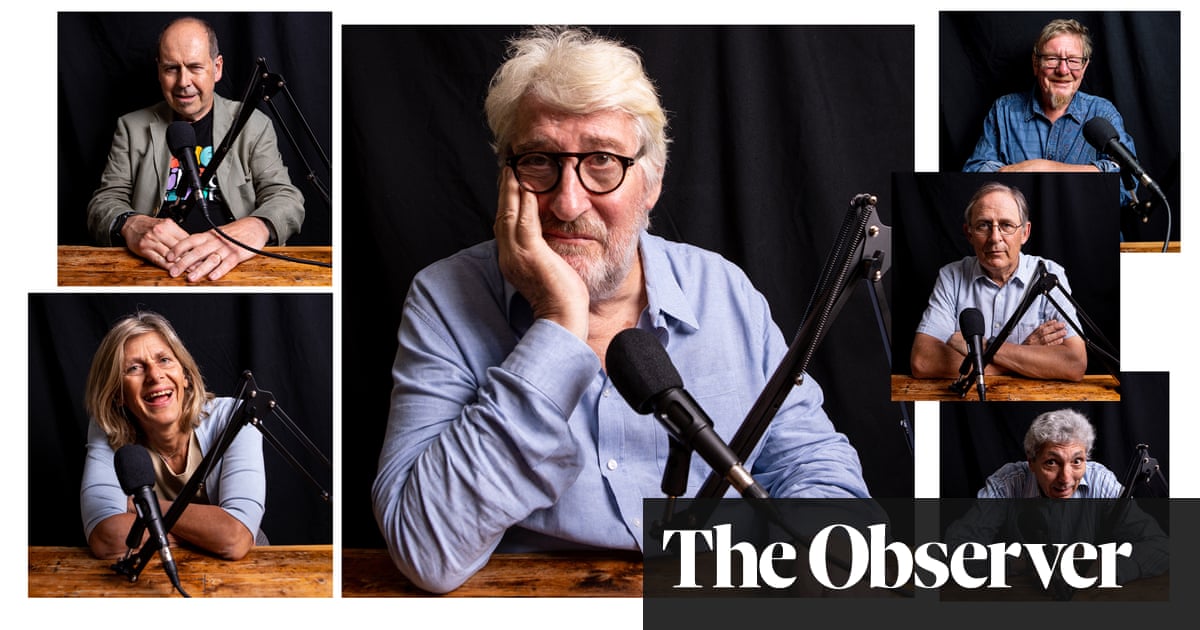
ne of the many festivals that’s switched to digital this year, the Place’s Korean dance showcase gives eclectic insights into South Korea’s thriving contemporary dance scene. The only full performance included (and it’s just 20 minutes) is Shin Changho’s Beyond Black, for Korea National Contemporary Dance Company. It’s as much a philosophical proposition as a piece of dance. The question: could AI create dance as well as humans can? Decades ago, Merce Cunningham was using computer programs to generate choreography, so it’s a fair guess the answer is yes.
Currently AI can choreograph only by “learning” movement from humans – although that will apparently change by 2045 when computer intelligence surpasses all human learning and the robots take over. In the meantime, AI program Madi “watches” Shin’s dancers and translates their joints and limbs into dots and lines, then extrapolates the algorithms to generate infinite ways to “place dots and lines in unique patterns”, some of which the dancers relearned from the computer to perform in Beyond Black. You wouldn’t know the movement’s origin, although you could find something quirkily robotic in its isolations, like signals being sent to different limbs in turn, but there’s nothing mechanical about its rough-edged, human performance. Whether people or machines create the steps, it’s the humans dancing, and watching, who make the meaning.
For a wider view on what’s happening in Korean dance, there’s a collection of six short films. I liked Seungjung Seong’s Zzz, with dancers throwing themselves artfully around an apartment trying to catch an imaginary mosquito, and the clever Bookanima by Shon Kim, a flipbook-style animation using instructional illustrations of different dance styles: ballet, modern, jazz, tap, breaking. A voiceover from jazz master Luigi outlines his philosophy: “Never stop moving.”
Joowon Song’s film A Town with a Blue Hill is a grower. It’s a bit like a surreal Scooby Doo, young people in brightly coloured clothing on a naive adventure. They explore and play in run-down streets on the edge of a built-up city, trying to hold on to childhood innocence and imagination against the tide of “progress”. Bö Lee’s White Cane is also set in the streets, filmed in a Kenyan market with dancer Steve Ongeri taking the sensations from around him – cloth brushing against his face, grain falling through his fingers – back to the studio to make new movement.
The festival also features four documentaries, produced with the Korean Cultural Centre. They’re not very slickly made, but they offer an interesting snapshot of four female choreographers’ work and lives. Three are in the contemporary field: former Hofesh Shechter dancer Jin Yeob Cha, London-based Sung Im Her and Kim Bora of Art Project Bora, with recurring themes including feminist dance and working through the pandemic.
The fourth is a little different, profiling K-pop choreographer Bae Yoon Jung. The K-pop dance moves come across as mostly cute, sexy and easily copyable, made to flood the global internet, but the backstage view of the business is an education. We see Bae calling a meeting of fellow choreographers to discuss copyrighting their work and whether choreographers should need a licence to practise. Then there’s the fame machine that is the K-pop academies where future “idols” train. “I hope the teacher will give us stern instructions,” reads the translation of one hopeful. Fascinating.












